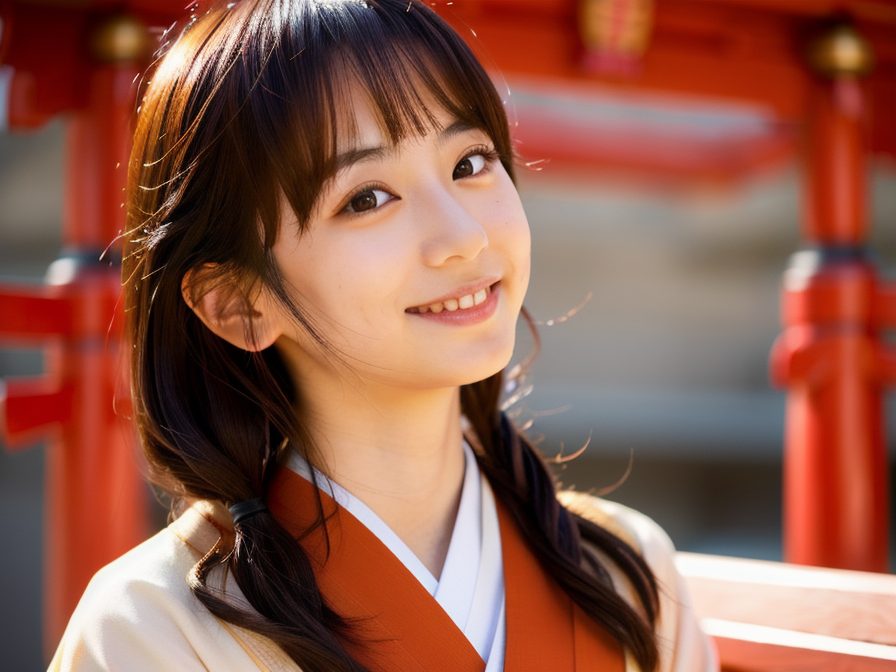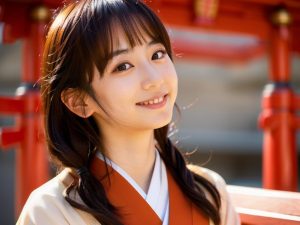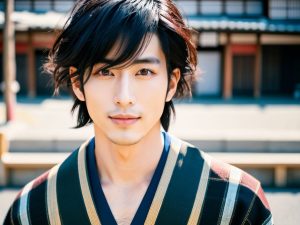What comes to mind when you hear the term “Japanese mythology”? Does it sound a bit complicated? Or maybe mysterious? Japanese mythology, documented in classics like the Kojiki and Nihon Shoki, serves as the foundation for Japanese culture and history. But here’s the thing—these stories are full of surprising and fun facts you’ll want to share with your friends!
Today, we’ll explore the fascinating world of Japanese mythology, taking a look at famous gods, riveting stories, and how mythology influences Japan even today. By the end, you’ll be saying, “Why didn’t I learn about this sooner?”
What Is Japanese Mythology?
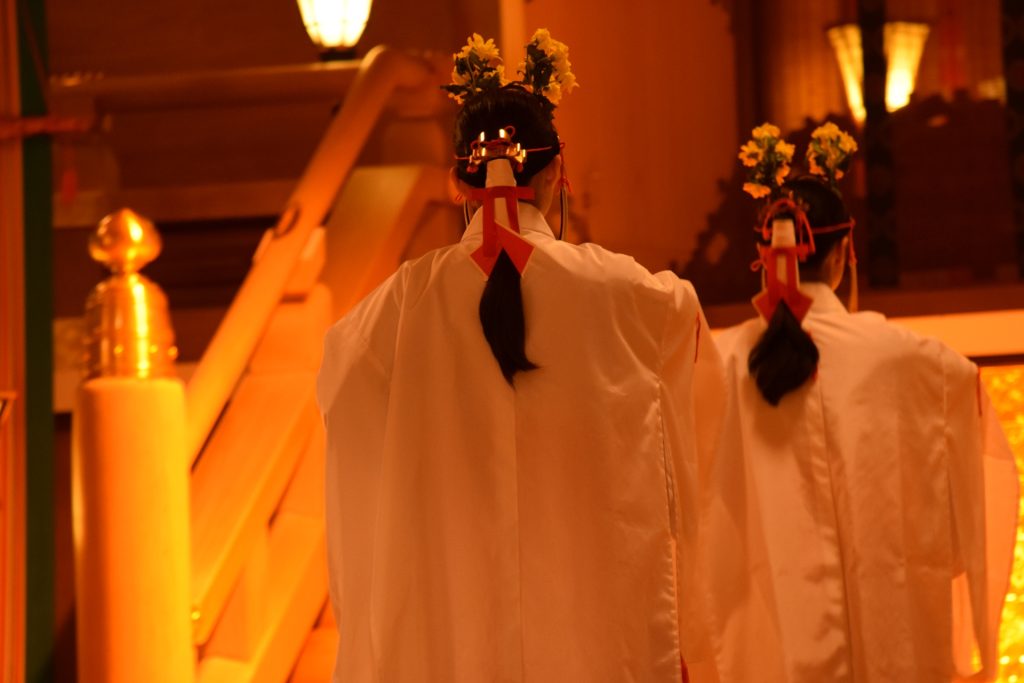
Let’s start with the basics. Japanese mythology consists of ancient stories about gods, creation, and heroic deeds, primarily recorded in two historical texts: the Kojiki and the Nihon Shoki. These myths aren’t just stories—they’re deeply tied to Japanese culture, traditions, and even the origins of the Imperial Family.
Fun fact: The Kojiki (“Records of Ancient Matters”), compiled in 712 AD, is Japan’s oldest historical record. At that time, myths were passed down orally before they were written. It’s exciting to imagine how people managed to preserve such grand stories just through spoken words, isn’t it?
Key Gods in Japanese Mythology – Who to Know
Japanese mythology is home to a host of gods and legendary figures. We’ll start with a few main characters that you absolutely need to know.
Amaterasu (The Sun Goddess)
Amaterasu is perhaps the most important deity in Japanese mythology. She’s the goddess of the sun and is considered the ancestor of the Imperial Family.
Fun Episode: The Rock Cave Incident
One day, Amaterasu got so mad at her brother, Susanoo, for his mischievous pranks that she hid inside a cave called the “Ama-no-Iwato.” This plunged the world into total darkness. All the other gods gathered to throw a party with singing and dancing to lure her out. It worked! Some say this story marks Japan’s first-ever “party.”
Susanoo (The Storm God)
Susanoo, Amaterasu’s brother, is a storm god with a bold and often impulsive personality. While he causes trouble in some tales, he’s also a hero in others, like the famous “Yamata-no-Orochi” story.
Fun Episode: The Eight-Headed Snake Battle
Susanoo defeated the giant eight-headed serpent Yamata-no-Orochi by getting it drunk with sake before striking it down. Inside the serpent, he found a legendary sword called the “Kusanagi Sword,” which is now part of Japan’s Three Sacred Treasures.
Izanagi and Izanami
Izanagi and Izanami are known as the divine couple who created the islands of Japan and gave birth to many gods. They’re essentially the creators of the world in Japanese myths.
Interesting Fact: A Godly Divorce?
After Izanami passes away and goes to the underworld (Yomi), Izanagi attempts to rescue her but fails. This dramatic and emotional separation shows how even gods deal with personal struggles akin to humans!

Myths in Everyday Japanese Life

Japanese mythology isn’t just a thing of the past—it influences modern Japan in surprising ways. Here are a few examples:
Seasonal Traditions and Myths
- The tradition of visiting a shrine for the New Year (Hatsumode) originates from ancient rituals involving the gods.
- Even the Tanabata Star Festival is tied to Japan’s mythological heritage.
Place Names and Landscapes
- Izumo (Shimane Prefecture): Associated with Susanoo and home to Izumo Taisha, one of Japan’s oldest shrines.
- Takachiho (Miyazaki Prefecture): Said to be the site of the “descent of the heavenly grandson,” part of Japan’s creation myths.
Language and Expressions
Phrases like “Ama-no-Iwato” (Heavenly Rock Cave) and terms referring to mythical treasures or events come directly from Japanese mythology.
How to Enjoy Japanese Mythology
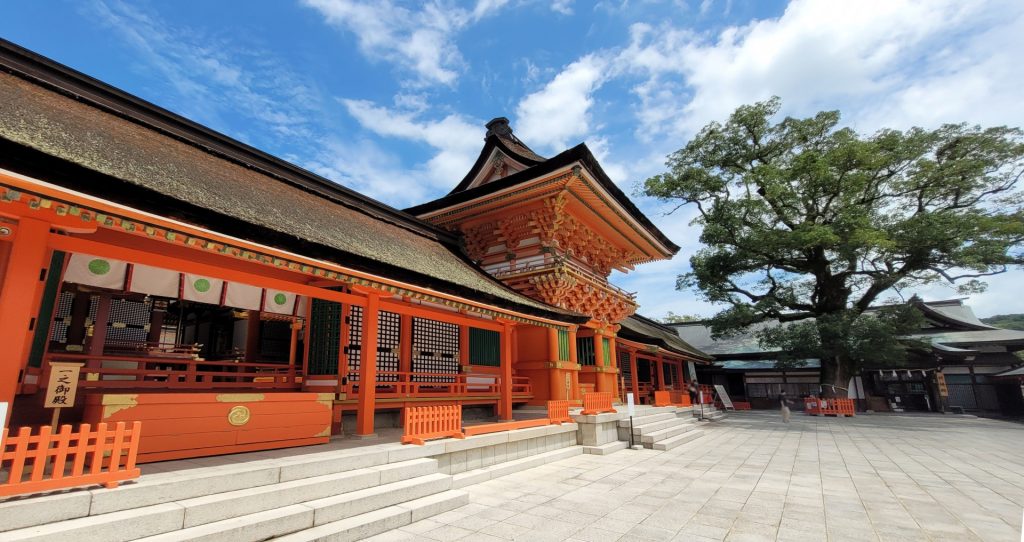
If you’d like to explore Japanese mythology further, here are a few easy and enjoyable ways to get started:
Read the Kojiki or Japanese Mythology Books
The Kojiki might sound complex, but there are modern translations and even illustrated manga versions available. Start with famous episodes like the Rock Cave or Orochi stories for an easier introduction.
Visit Mythical Sites in Japan
- Ise Jingu (Mie Prefecture): Dedicated to Amaterasu, this is one of Japan’s most sacred shrines.
- Izumo Taisha (Shimane Prefecture): Known as a powerful center for matchmaking and deeply rooted in Susanoo’s legends.
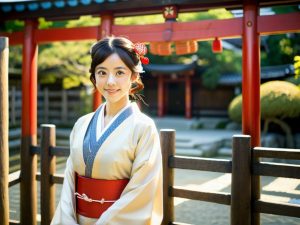
Explore Modern Culture Inspired by Myths
Many Japanese games, anime, and novels draw inspiration from mythology. For example, the popular series Fate/Grand Order features gods from Japanese myths, and even Demon Slayer draws connections to mythological themes.

Conclusion
Japanese mythology is more than just old legends—it’s a window into Japan’s culture and traditions. From tales of heroic gods like Amaterasu and Susanoo to timeless rituals and locations, these stories serve as a meaningful connection to Japan’s roots. Whether you’re reading myths, visiting sacred sites, or enjoying pop culture inspired by these tales, engaging with Japanese mythology is a rewarding experience. Why not make it part of your next adventure?


